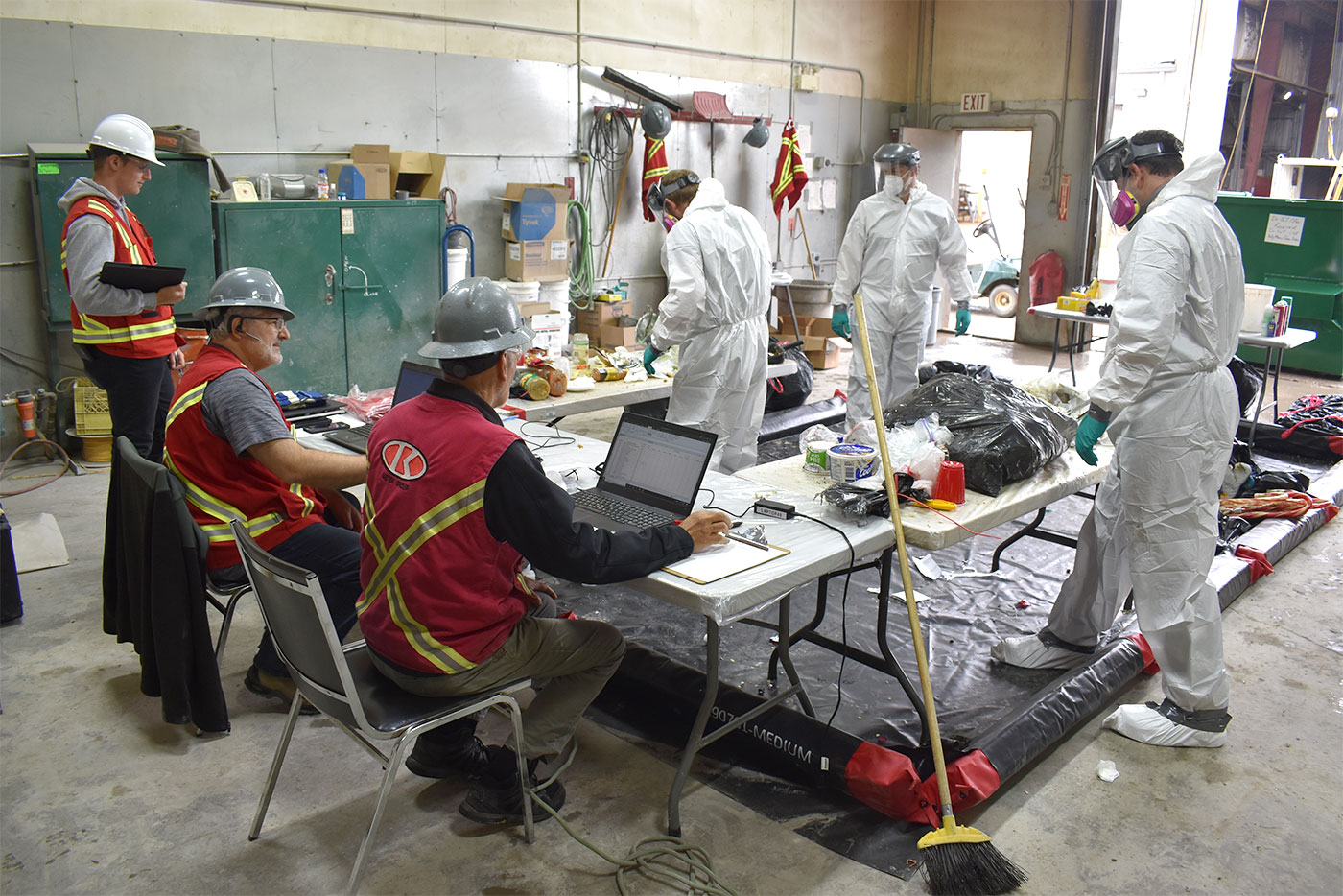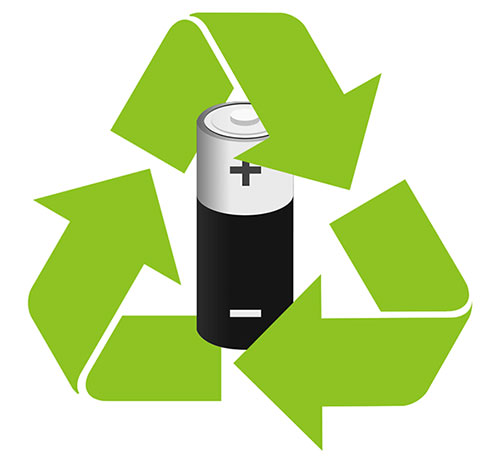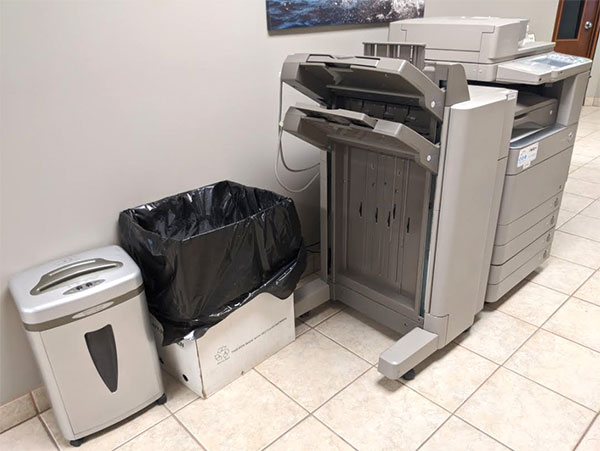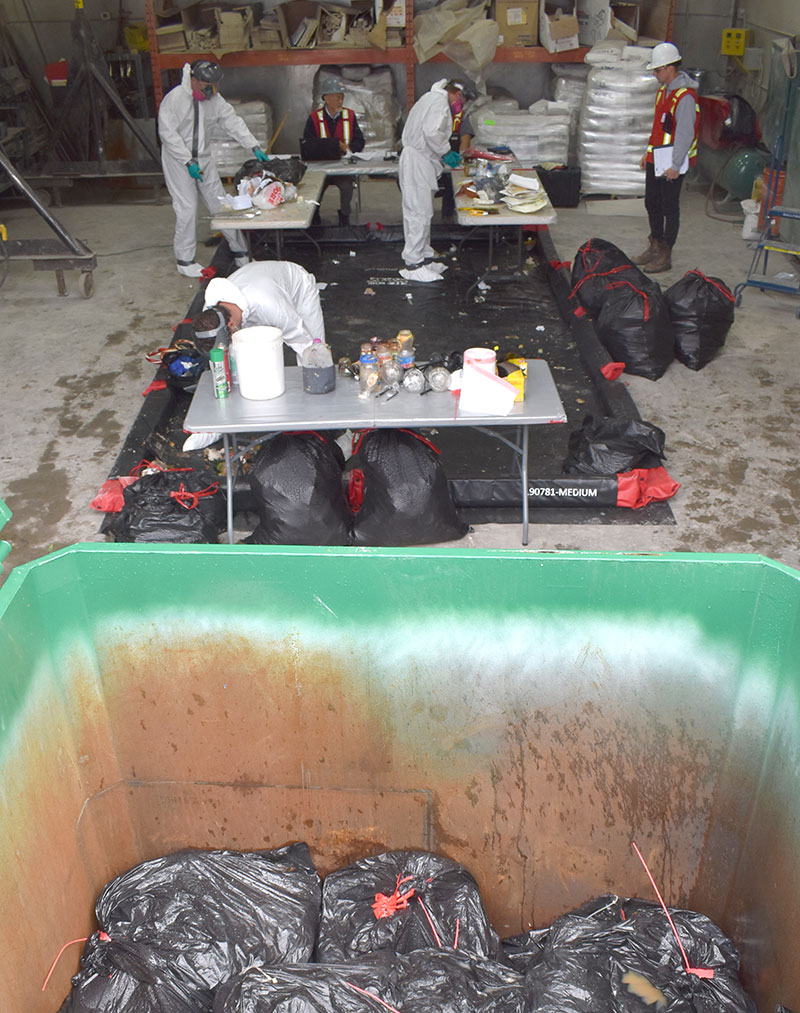A waste audit will tell you what’s in your garbage, how you can reduce/reuse/recycle it and more
What is a Waste Audit?
A waste audit takes a deep dive into the amounts and types of waste being discarded and where they came from. In practice this involves taking all – or a representative sample – of the waste thrown away and sorting, weighing and recording the different quantities and types of waste, from organics (banana peels and coffee grounds) to paper and cardboard, diapers, take-out food containers, plastics and cat litter.
All the waste is recorded and weighed and a spreadsheet is created. The results allow for an honest discussion about what’s being sent to the landfill, how well your recycling program is working, how to begin reducing the amount of waste created, and how to help the environment and save money in the process.
This process is designed for businesses, governments, communities and municipalities, although individuals are encouraged to explore the ideas and approaches behind it.

In a waste audit, everything that comes out of the garbage bags is sorted, weighed and recorded.

The Economics of Reducing Your Waste
With a focus on the waste hierarchy, the goal is to always to move towards the higher levels. Therefore, reducing the amount of waste being made and reducing/reusing/recycling can have surprising economic benefits for your organization.
On the back end, reducing waste may allow for fewer pickups by your waste collection organization, saving money. Your janitorial staff may spend less time each day collecting garbage bags from the office, creating more efficiencies for their position.
A waste audit also looks at the front end of waste generation. Does your company bring in coffee pods for the break room? Switching to bulk coffee reduces the amount of waste generated and bulk coffee is generally less expensive to purchase than pods. Speaking of coffee, are you still providing paper or Styrofoam cups? What about purchasing ceramic cups for employees or having them bring their own from home? Take a look at your photocopier/printer: Is the recycling bin beside it always full? (there is a recycling bin there, right?) Do you have employees who still print out every email they get? Is it standard practice to print on both sides of the page? When you purchase paper, are there options for less expensive paper that will provide the same quality? What else can your vendors offer you that will reduce your waste generation and save you money?
Environmental Benefits
This seems pretty obvious: Less waste going to the landfill, better for the environment, right? But what are you missing? Those coffee pods you are using in the lunchroom say compostable right? You’re doing your part there, that’s environmentally friendly! If you are actually composting them and not dropping them into the trash when they’re done! And if you are composting those, then why not have a collection bin for the organics left from the lunchroom? Do you have a recycling collection point for most recyclables? A waste audit will identify those materials that are going into the trash that can easily be recycled. Small batteries are a perfect example.


Are your recycling bins in convenient locations?
Where is Your Waste Coming From?
A waste audit identifies the specific areas of your business or community that are generating large amounts of waste. Perhaps your shipping and receiving department is disposing of the majority of your company’s plastic film waste. The shipments they receive are always wrapped in this film. If possible (and feasible), can the shipping company reduce the amount of film being used or switch to metal strapping, which can be recycled? A waste audit also helps to identify where your company or community is lacking the necessary recycling containers to support a recycling effort. Maybe the recycling bin isn’t located in a convenient place for employees. Let’s face it, if the bins are at the far end of the office, recyclables are likely thrown in the regular trash bins. In truth, if recycling is inconvenient, many people will not participate.
What’s Involved, and Getting Started
In the big picture of performing a waste audit, there are four basic phases to follow. The first step involves gathering background information (How much waste are you generating? Who runs your recycling program?), establishing priorities and goals (removing all possible recyclables from the waste stream, reducing garbage output) and finalizing your audit design (schedule staff and equipment, designate location, decide on date and time).
The second step is conducting your audit. This is where you gather the waste, sort it, categorize it and weigh it, recording all the results for phase three. In phase three, you take the results from phase two and develop a waste reduction work plan, which identifies opportunities for waste minimization and allows for the creation of key performance indicators and monitoring programs.
The fourth phase is where you implement the work plan. This phase is heavily tied to education and promotion at your workplace or community, as success is intricately tied to everyone being aware and understanding their role in waste reduction. The training and monitoring portion of phase four should be revisited periodically to ensure support and compliance throughout your work place.

